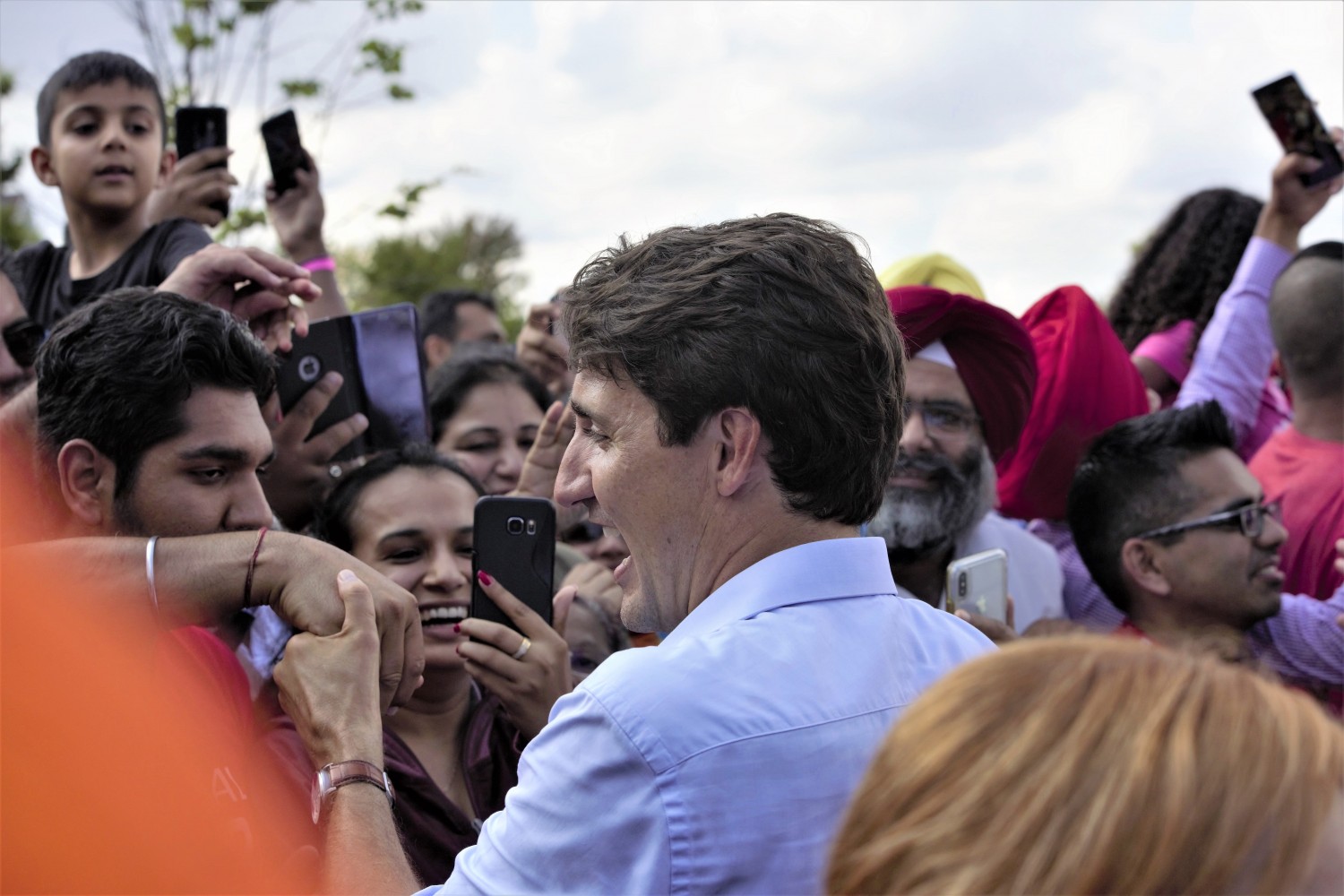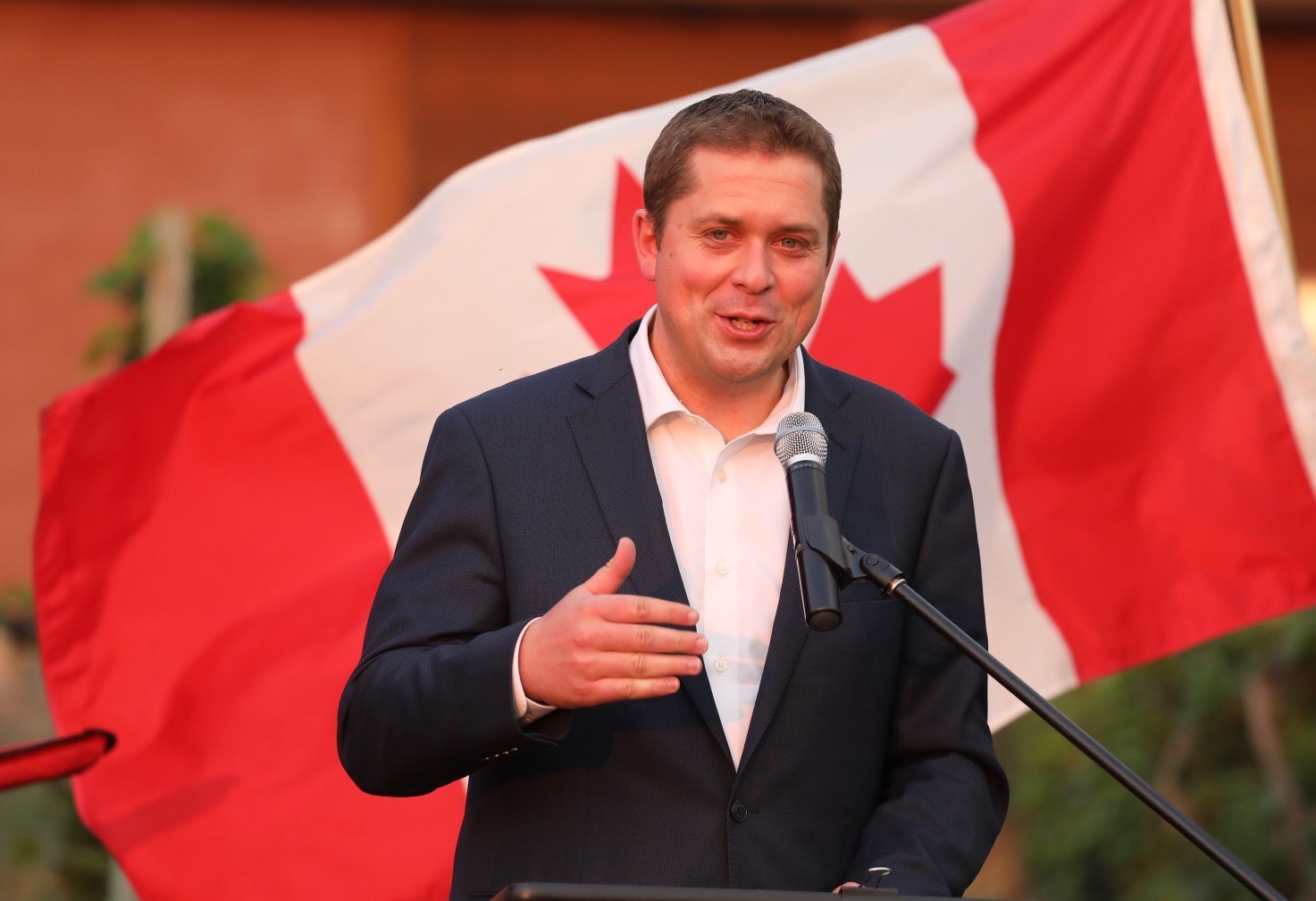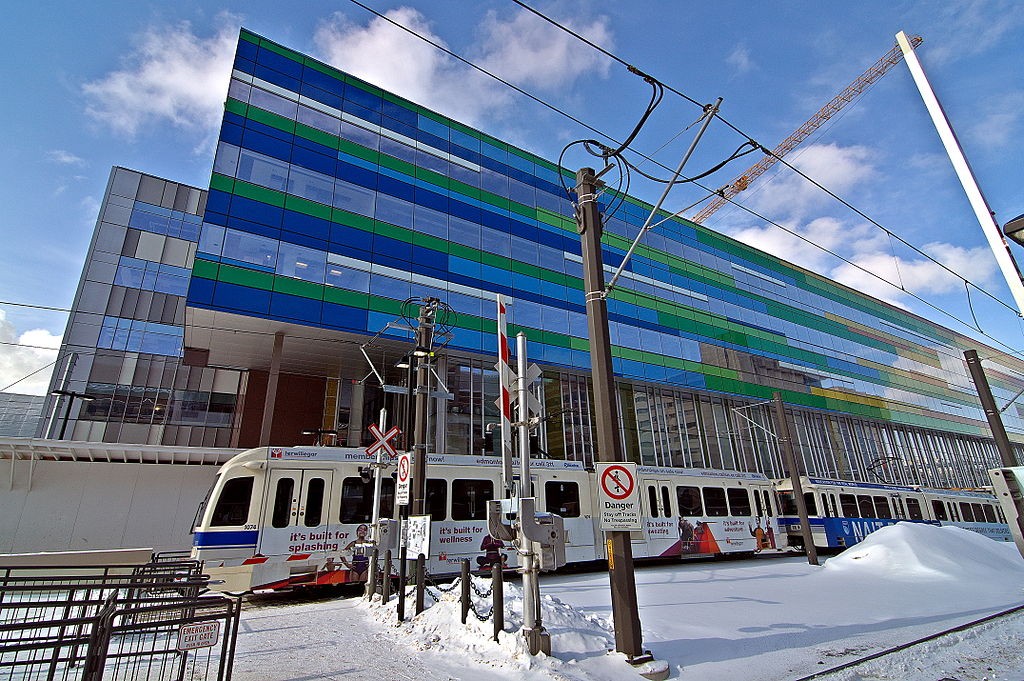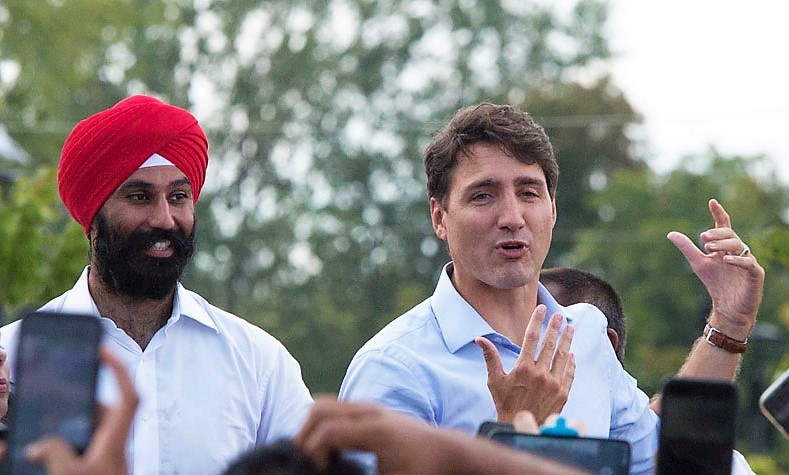
Show us the money; Trudeau Liberals ignore Peel’s growing infrastructure gap, with Mississauga and Brampton receiving $150M while Edmonton gets $1.9B
At election time, the 905 is not just an area code. It’s millions of people. Millions of people with a vote who, if won over, can make or break a government.
The region is booming, accounting for almost 75 percent of the GTA’s population growth, and Mississauga and Brampton, respectively, are (by far) the two largest cities in the 905 area. There are about 4.2 million people living in the 905, according to Ontario provincial government figures, making it the largest collective region in Canada.
In total, Peel, Halton, York and Durham, the four 905 regions, have 32 federal ridings, two fewer than Alberta, ten less than B.C. and the same number as Manitoba, Saskatchewan and P.E.I. combined.

Conservative Leader Andrew Scheer
Pundits have already been pointing out that, because of its number of seats in play, the 905 will likely determine if the Conservatives or the Liberals form the next government.
In Mississauga and Brampton, where 11 seats are up for grabs, citizens will wield considerable power on Oct. 21. They need to be aware of the candidates running and the track record of incumbents. The Liberals swept all 11 ridings in the two cities last election, which begs the question, what have you done for me lately? It appears, not much.
With Liberal Leader Justin Trudeau (for now the former prime minister) calling the election on Wednesday, the two cities can expect to see a flurry of visits from the big party leaders in an attempt to keep or swing voters. (NDP Leader Jagmeet Singh is expected in Brampton Thursday morning; Trudeau visited the city last week; and Conservative Leader Andrew Scheer is expected in Mississauga shortly.)

NDP Leader Jagmeet Singh signs a copy of his book at its Brampton launch this spring
But the local candidates are the ones who really matter, if residents expect Ottawa to work for them. The numbers suggest that hasn’t been the case for Mississauga and Brampton taxpayers.
Voters might ask themselves two questions: how has my local elected official performed over the past four years? Will somebody else be able to do better?
A good benchmark to help answer them is a look at the state of your city. Residents love to complain about roads, healthcare facilities, poor transit and other pieces of key infrastructure, the condition of which can be traced back to support (or lack thereof) from the federal government. Of course, a lot of it relies on the ability of the local municipality to plan effectively and use available tax dollars, but following years of significant downloading of programming, like affordable housing, part of the responsibility falls to the local MPs to step up and support their municipal counterparts.
To do so, a key election plank for the Liberals in 2015 was an additional $60 billion of new funding over 10 years to help cities deal with crumbling infrastructure. That funding, added to the previous Stephen Harper government’s commitment of $128 billion, brought the total up to a mammoth $188 billion. It seemed at the time that Ottawa had finally come to the rescue of cities.
A look at the steep budget numbers for both Mississauga and Brampton will quickly burst that swelling balloon of hope.
The City of Brampton has received approximately $42.4 million from the Investing in Canada Plan to support myriad small projects. The largest chunk of money, $12.4 million to assist with expanding the Sandalwood Transit Maintenance Facility, was received in 2017.
The cumulative funding is nowhere close to where Brampton should be simply on a per-capita basis (about $972 million), and the impact clearly shows in Brampton’s 2019 budget.
The document describes a $246 million infrastructure gap for unfunded projects. The bad news doesn’t end there. If left ignored, the gap could grow as high as $743 million by 2027, according to city staff. It’s clear that Brampton and other Canadian cities cannot shoulder the burden of these costs alone.
In the City of Mississauga there is a similar gap, which this year sits at $260 million. The country’s sixth largest city has received only $77.3 million from the Investing in Canada Plan fund. However, an additional $32 million is promised for the spring of 2022 to help with modernizing the QEW-Dixie Road interchange.

Edmonton's expanding LRT system has received hundreds of millions of dollars in federal funding since 2015
By contrast, Edmonton, the country’s fifth largest city, has received commitments of more than $1.9 billion from the federal Investing in Canada Plan. It seems inconceivable how residents in Brampton and Mississauga, who pay federal taxes just as the residents of Edmonton do, could get a return on those tax dollars that is $1.75 billion less than fellow taxpayers in the Alberta capital, which has about 400,000 fewer residents than the two cities combined.
This outrageous reality isn’t lost on city officials, who have pointed out the lack of adequate funding for cities in general, and the particularly glaring lack of fair-share funding for Peel.

Liberal Leader Justin Trudeau with former Liberal MP Raj Grewal in Brampton last summer
“This gap exists because, while municipalities own 60 percent of the country's infrastructure, we only receive 8 cents from every tax dollar collected. This simply isn't enough to fund city services and maintain infrastructure like roads, bridges and waterways in Canada's sixth largest city,” Mississauga’s website reads. “The reality is that every year, this gap in funding only continues to grow.”
The struggle is nothing new.
The Federation of Canadian Municipalities said in its 2016 Canadian Infrastructure Report Card that “one-third of our municipal infrastructure is in fair, poor or very poor condition, increasing the risk of service disruption … . Nearly 35% of assets are in need of attention. Assets in fair, poor and very poor condition represent a call for action.”
The Association of Municipalities of Ontario painted an even more dire assessment of the financial burden on cities in 2017, saying “Ontario’s municipal governments face an average annual shortfall of $4.9 billion every year for the next 10 years just to maintain current services and address long-standing infrastructure needs. Property taxes would need to increase by 8 percent annually to cover this shortfall alone.”
As federal party leaders, and local candidates, hit the campaign trail in the coming weeks, they would be wise to address how they plan to assist municipalities in overcoming these gaps. As these numbers have been available for some time, there is no excuse for a politician not to have an answer to such a pressing question.
Email: [email protected]
Twitter: @JoeljWittnebel
Submit a correction about this story


